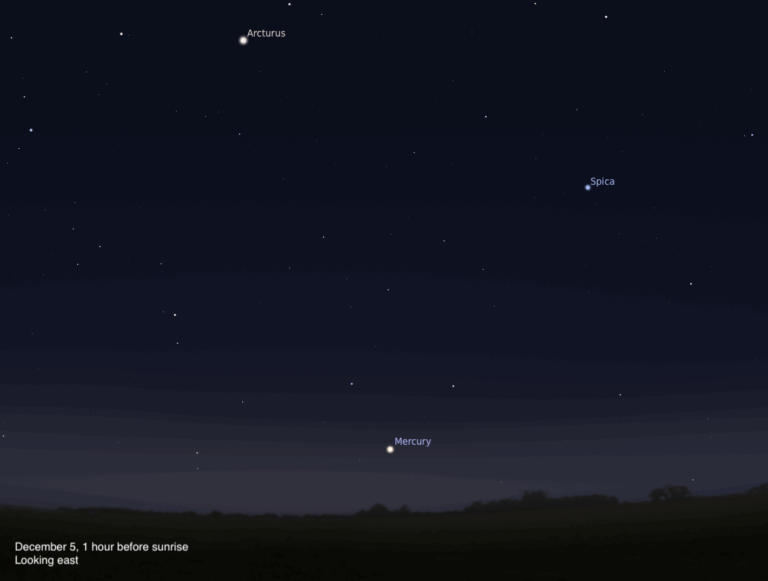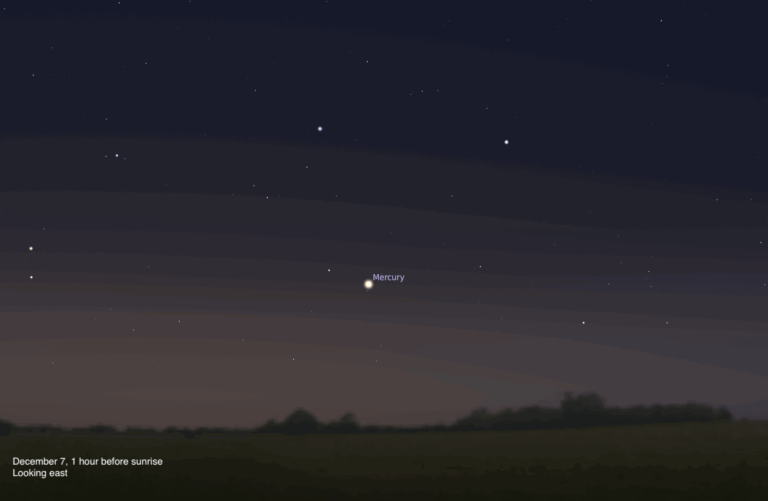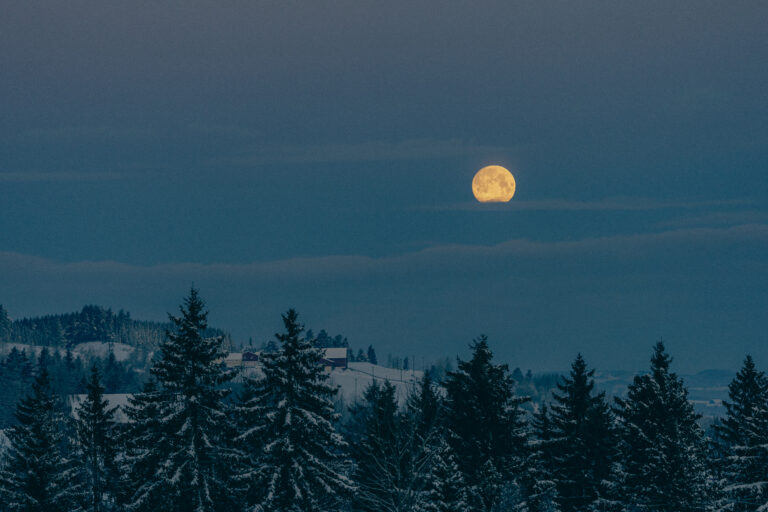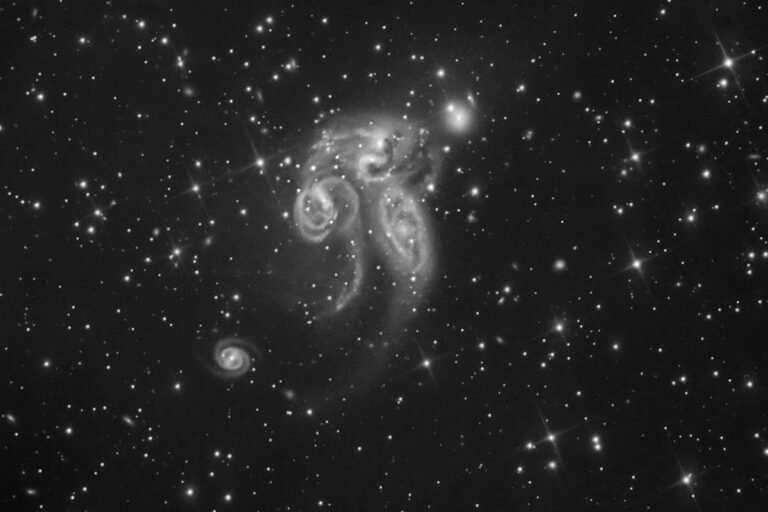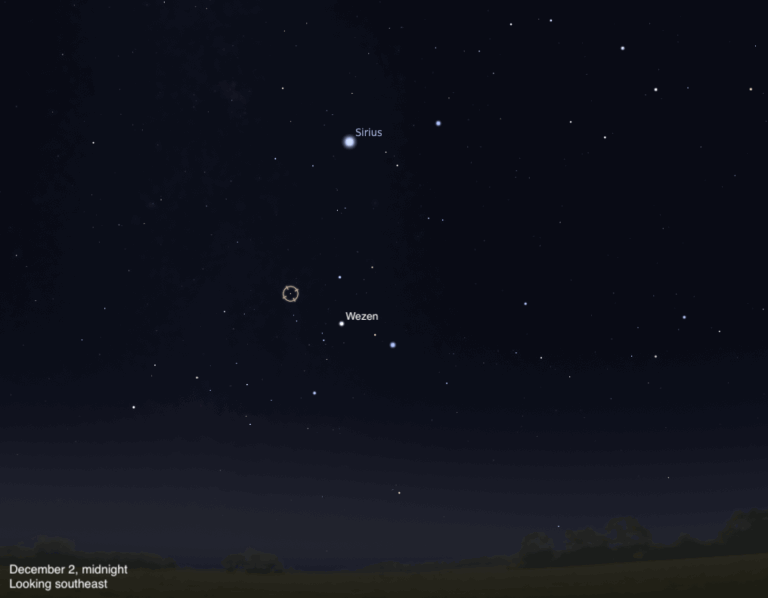Key Takeaways:
The early morning hours of late July provide one of nature’s annual treats: the Southern Delta Aquariid meteor shower. The shower peaks the night of July 29/30, but it typically produces just as many meteors a day or two on either side. Observers under a dark sky can expect to see between 15 and 20 “shooting stars” per hour during the prime viewing hours after midnight.
The streaks of light appear to radiate from a point near the 3rd-magnitude star Delta (d) Aquarii, which rises in late evening and climbs highest in the south around 3 a.m. local daylight time. But don’t stare directly at the radiant. Although the meteors appear to emanate from this spot, any you see there will appear as just a point of light. All other things being equal, the farther away from the radiant a meteor lies, the longer its trail will be.
For the best views, look about two-thirds of the way from the horizon to the zenith. But don’t get tunnel vision gazing at one location. Let your eyes wander so your peripheral vision can pick up meteors you otherwise might not see. Keep comfortable by reclining in a lawn chair or lying on an air mattress. And bring along a sweater or light jacket. Even if evening temperatures are comfortable, you won’t be active and can get chilled in a hurry.
You’ll also see more meteors if you observe under a dark sky. Leave your city or suburban backyard behind and head out to the country. If you can’t get away, at least find a large park with plenty of trees to block the lights. Fortunately, the Moon is a waning crescent at the shower’s peak and won’t pose add much natural light pollution.


